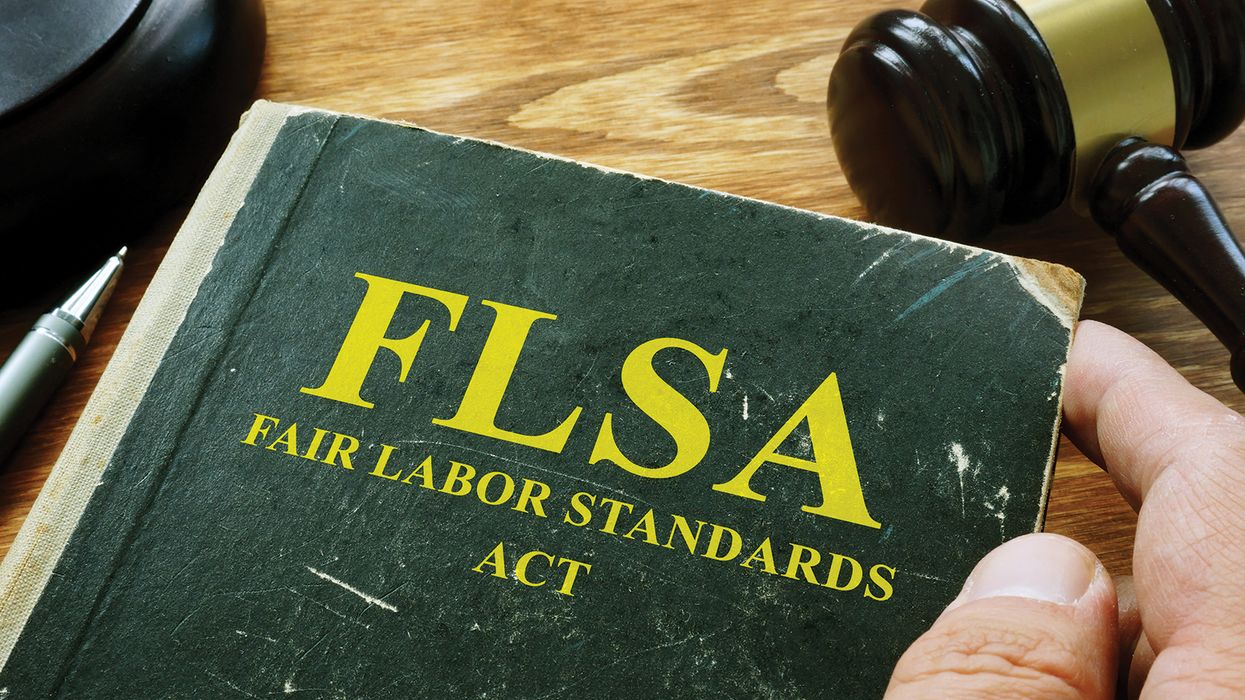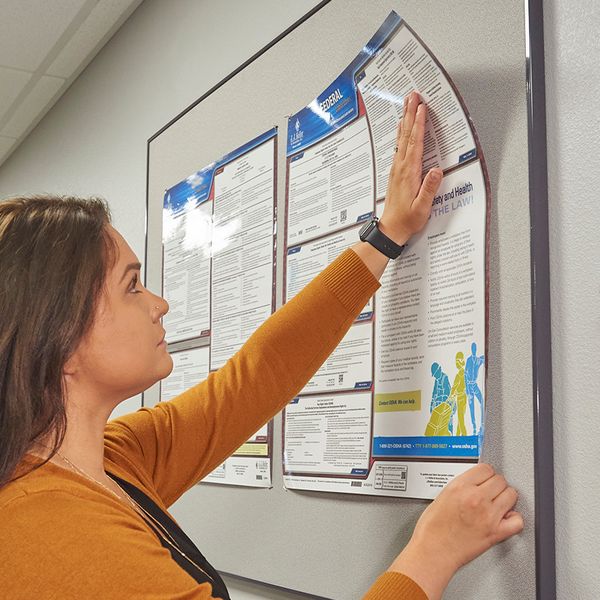3 key final rules slated for 2023 – Fall regulatory agenda impacts employers
On January 4, 2023, the Fall 2022 Unified Agenda of Regulatory Actions was released. This bi-annual agenda offers a look at what federal agencies are working on and gives employers a heads-up on final (or proposed) changes that could impact businesses. Below are a few key agenda items to note.
Final Rules
Davis-Bacon Act: In February 2023, a final rule to update and modernize the regulations implementing the Davis-Bacon Act (DBA) is anticipated. The changes are meant to provide greater clarity and enhance usefulness of the DBA which requires the payment of locally prevailing wages and fringe benefits to laborers and mechanics as determined by the Department of Labor.
Employee or Independent Contractor: In May 2023, employers can expect to see a final rule about the independent contractor status under the Fair Labor Standards Act (FLSA). Employers should begin to evaluate their processes for classifying employees and independent contractors to prepare. Based on the language of the proposed rule, the final rule will likely:
- Align the DOL’s approach with courts’ FLSA interpretation and the economic reality test.
- Revert to the longstanding interpretation of the economic reality factors. These factors include the investment, control, and opportunity for profit or loss. The integral factor, which considers whether the work is integral to the employer’s business, is also included.
- Restore the multifactor, totality-of-the-circumstances analysis to determine whether a worker is an employee or an independent contractor under the FLSA.
- Ensure that all factors are analyzed without assigning a predetermined weight to a particular factor or set of factors.
- Assist with the proper classification of employees and independent contractors under the FLSA.
- Rescind the 2021 Independent Contractor Rule.
Joint Employer: In August 2023, employers can expect to see a final rule about joint employer relationships. The National Labor Relations Board (NLRB) has been fine tuning what joint employment means. Companies should prepare for a broad definition and, therefore, an increased risk for liability for noncompliance.
Proposed rule
FLSA White Collar Exemptions: In May 2023, the Department of Labor’s Wage and Hour Division plans to release a proposed rule that was supposed to come out in October 2022. This hot-topic issue generally exempts executive, administrative, professional, outside sales, and computer employees from overtime pay and minimum wage under the FLSA.
One of the primary goals of this rulemaking would be to update the salary level requirement. In prior rulemakings, there was talk of a commitment to update the standard salary level and Highly Compensated Employees (HCE) total compensation levels more frequently.
The last salary increase went into effect in January 2020 when the federal minimum salary level rose from $455 to $684 per week, and the total annual compensation for HCE increased from $100,000 to $107,432.
The bottom line
While these final rules (and the proposed rule) — along with other rules at various stages of the regulatory process included in the Fall Agenda — impact most employers, employers must also factor in state and local laws that effect their companies and employees nationwide.
Key to remember: Three key final rules (and one proposed rule) that were recently revealed in the federal Fall Agenda will impact most U.S. employers. However, employers must also factor in state and local laws.




















































